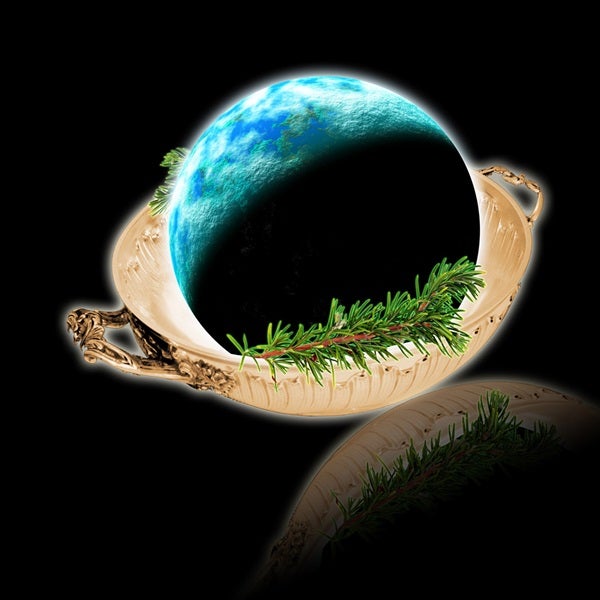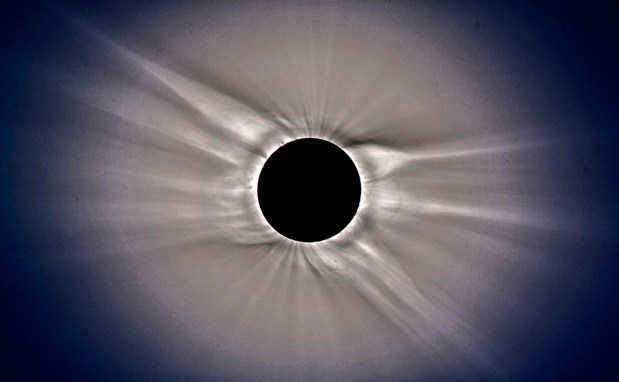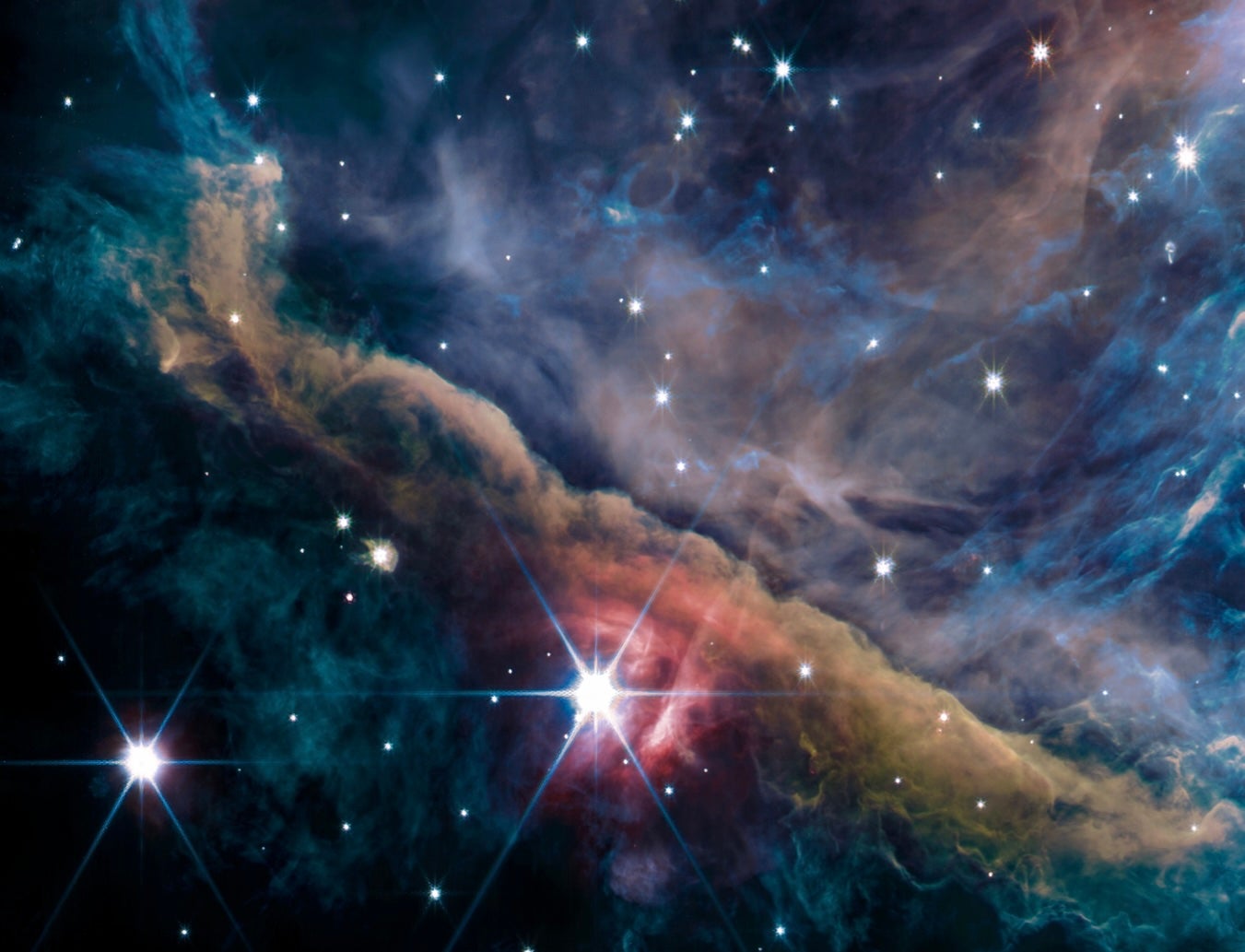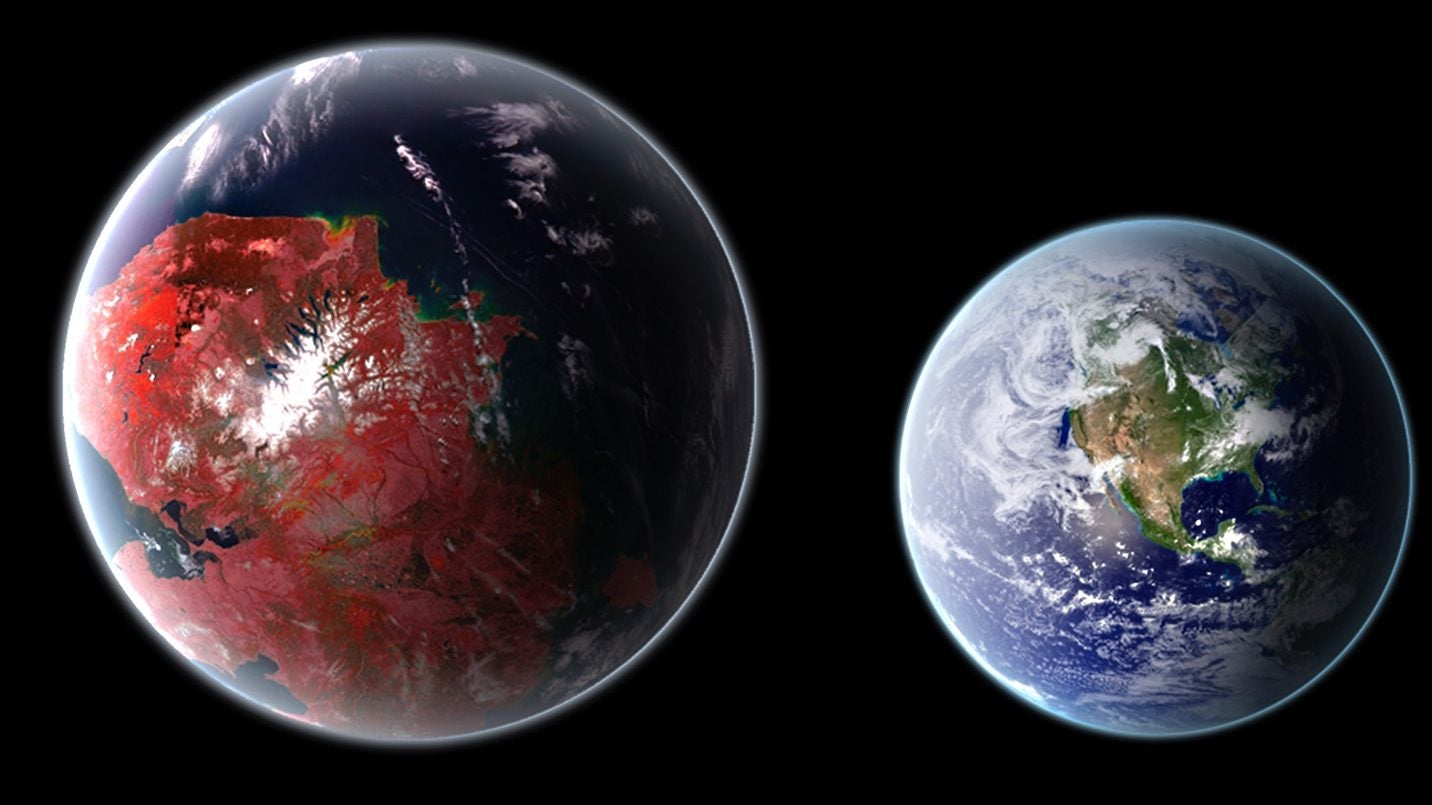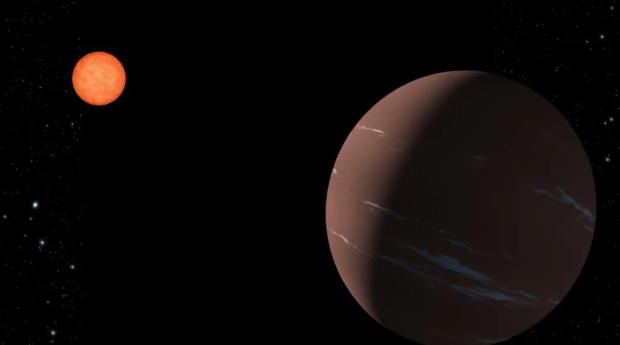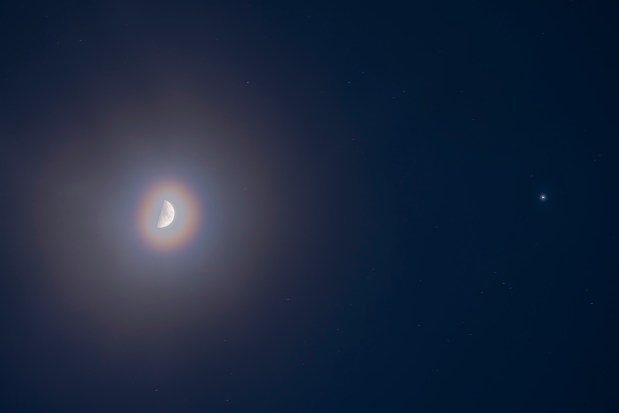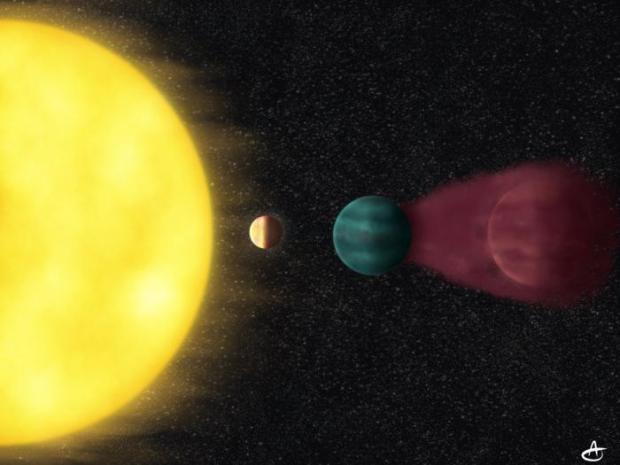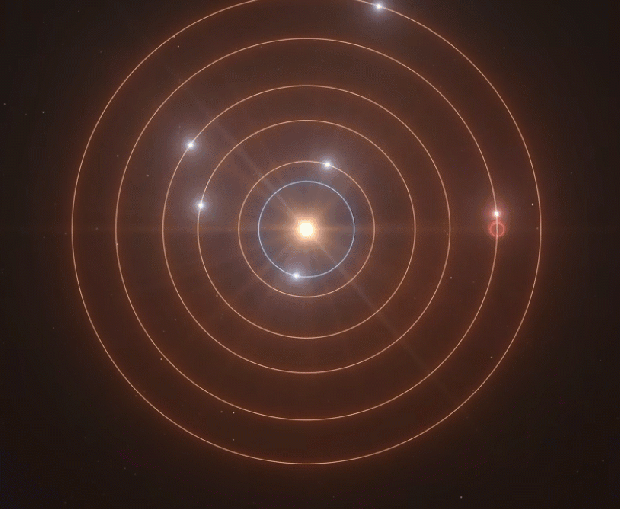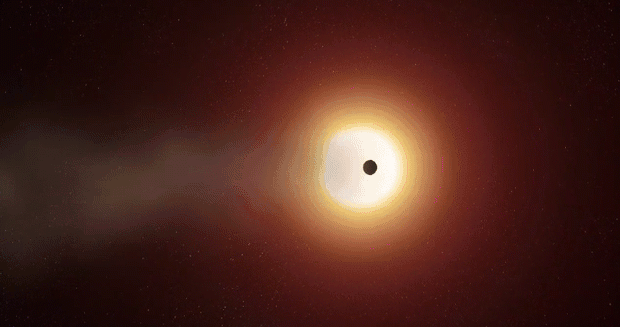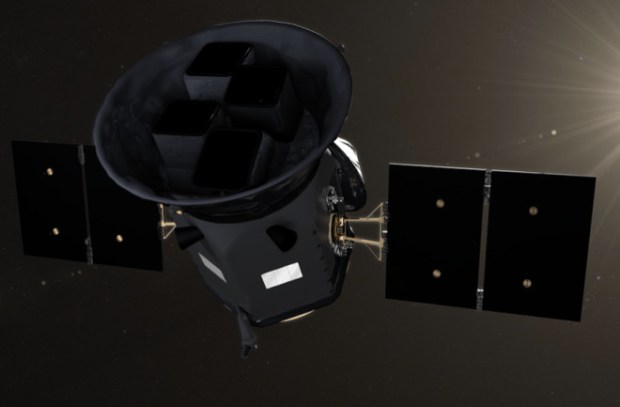“Our solar system is not as unique as we might have thought,” said Courtney Dressing of the Harvard-Smithsonian Center for Astrophysics (CfA) in Cambridge, Massachusetts. “It looks like rocky exoplanets use the same basic ingredients.”
The key to the discovery was the High-Accuracy Radial velocity Planet Searcher North (HARPS-North) instrument on the 3.6-meter Telescopio Nazionale Galileo in the Canary Islands. It is designed to accurately measure the masses of small Earth-sized worlds. Those measurements are crucial to determine densities and therefore compositions.
“Our strategy for using HARPS-North over the past year has been to focus on planets less than two times the diameter of Earth and to study a few planets really well,” said David Charbonneau from the CfA, who currently heads up the HARPS-North Science Team.
Most recently, the team targeted Kepler-93b, a planet 1.5 times the size of Earth in a tight 4.7-day orbit around its star. The mass and composition of this world were uncertain. HARPS-North nailed the mass at 4.02 times Earth’s, meaning that the planet has a rocky composition.
The researchers then compared all 10 known exoplanets with a diameter less than 2.7 times Earth’s that had accurately measured masses. They found that the five planets with diameters smaller than 1.6 times Earth’s showed a tight relationship between mass and size. Moreover, Venus and Earth fit onto the same line, suggesting that all these worlds have similar rock-iron compositions.
As for the larger and more massive exoplanets, their densities proved to be significantly lower, meaning that they include a large fraction of water or other volatiles, hydrogen, and/or helium. They also showed more diverse compositions rather than fitting into a single group like the smaller terrestrial worlds.
The team also noted that not all planets less than six times the mass of Earth are rocky. Some low-mass worlds with very low densities are known (such as the planets in the Kepler-11 system). But for typical close-in small planets, the chances are high that they share an Earth-like composition.
“To find a truly Earth-like world, we should focus on planets less than 1.6 times the size of Earth because those are the rocky worlds,” recommends Dressing.

